On What Date Was the First Block of the Ethereum Blockchain Mined?
- Ethereum's first block was mined on July 30, 2015, marking the official launch of the blockchain network.
- The genesis block contained 8,893 transactions allocating ETH to crowdsale participants who invested $18 million in 2014.
- Unlike Bitcoin's genesis block, Ethereum's included no embedded message and focused on establishing initial token distribution.
- The first block set a 5 ETH mining reward that later decreased to 3 ETH (2017) and 2 ETH (2019) through network upgrades.
- Ethereum transitioned from Proof-of-Work to Proof-of-Stake on September 15, 2022, reducing energy consumption by over 99%.
- The genesis block enabled smart contracts that became the foundation for DeFi, NFTs, and thousands of decentralized applications.
When Was the First Block of the Ethereum Blockchain Mined?
What Led to Ethereum's First Block Being Mined?
1. The Vision Behind Ethereum's First Block
2. The 2014 Crowdsale That Made It Possible
3. From Olympic Testnet to Frontier Launch

What Made the First Ethereum Block Special?
1. Technical Structure of Ethereum's First Block
2. First Block ETH Distribution and Allocations
3. Proof-of-Work Consensus at Launch
The Impact of Ethereum's First Block Mining
1. From Frontier to Major Network Upgrades
2. From First Block Mining to Proof-of-Stake
3. How the First Block Enabled DeFi and NFTs

The Legacy of July 30, 2015

Frequently Asked Questions
Conclusion
Popular Articles
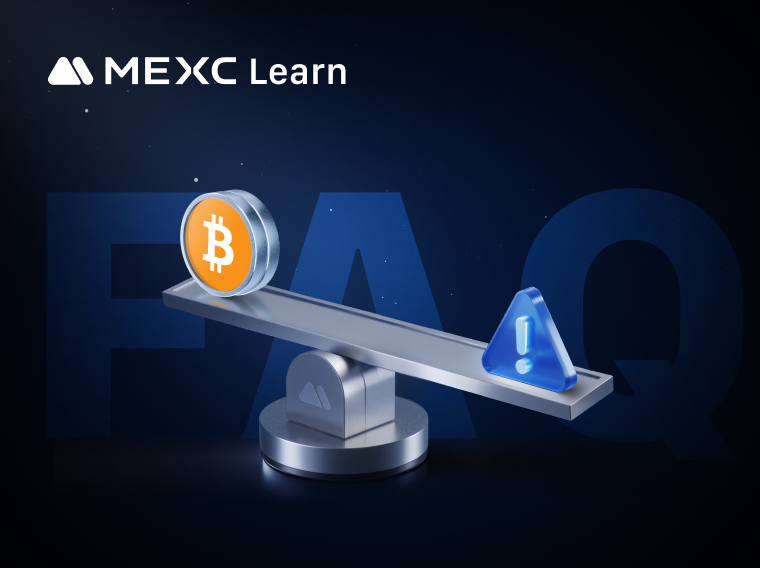
Understanding Liquidation Risk: FAQs and Protection Tips
On MEXC, users can trade either USDT-M Perpetual Futures, with leverage up to 500x, or Coin-M Perpetual Futures, with leverage up to 200x. While high leverage offers the potential for significantly am
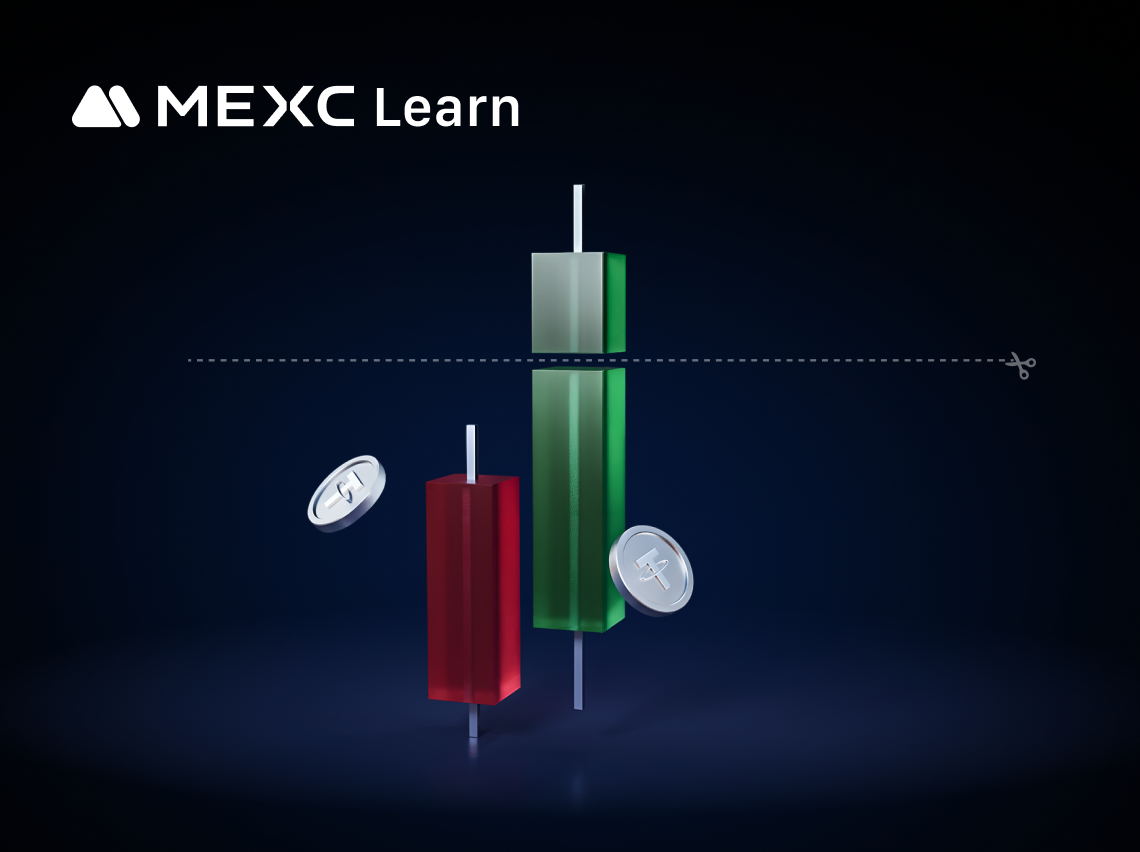
MEXC Advanced Futures Trading Strategies: Take Profit to Lock in Gains
When trading futures, successfully opening a position is only half the battle. The key to determining the success of a trade lies in closing it effectively: locking floating profits on the books into
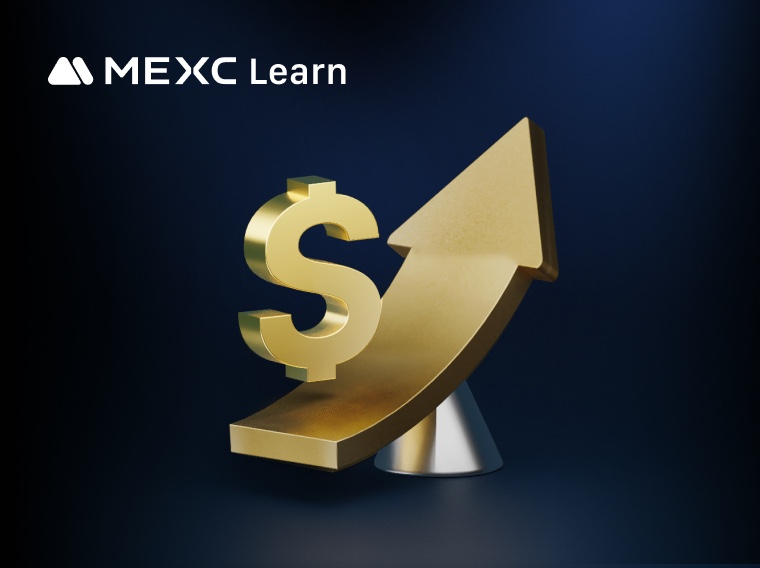
Maximize Profits or Face Liquidation? Mastering the Core Mechanics of Futures Leverage for Optimal Capital Efficiency
In the cryptocurrency and derivatives markets, leveraged futures trading is a powerful yet high-risk instrument. By enabling traders to control substantial positions with relatively small amounts of c
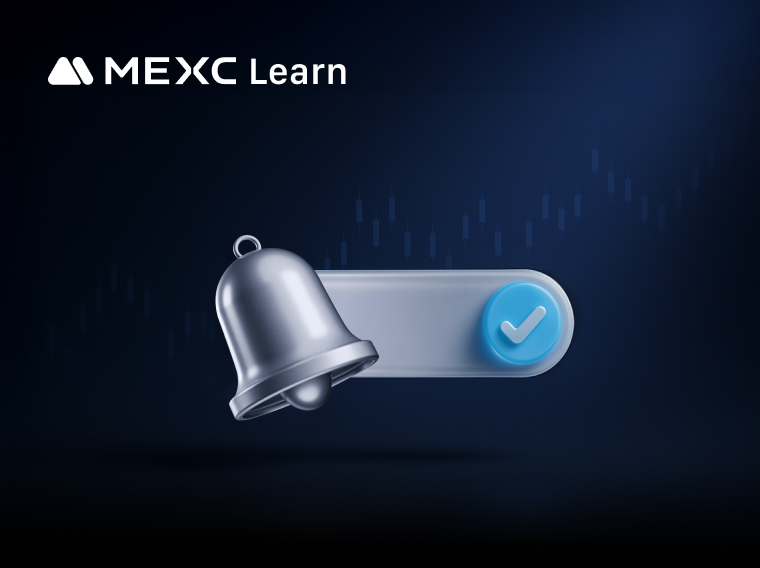
MEXC Price Alert Setup Guide: Stay on Top of Market Trends and Boost Trading Efficiency With MEXC Notifications
In the fast-paced world of cryptocurrency trading, price fluctuations often occur within milliseconds. This is especially true when trading Futures, where users can easily fall into fatigue and emotio
Hot Crypto Updates
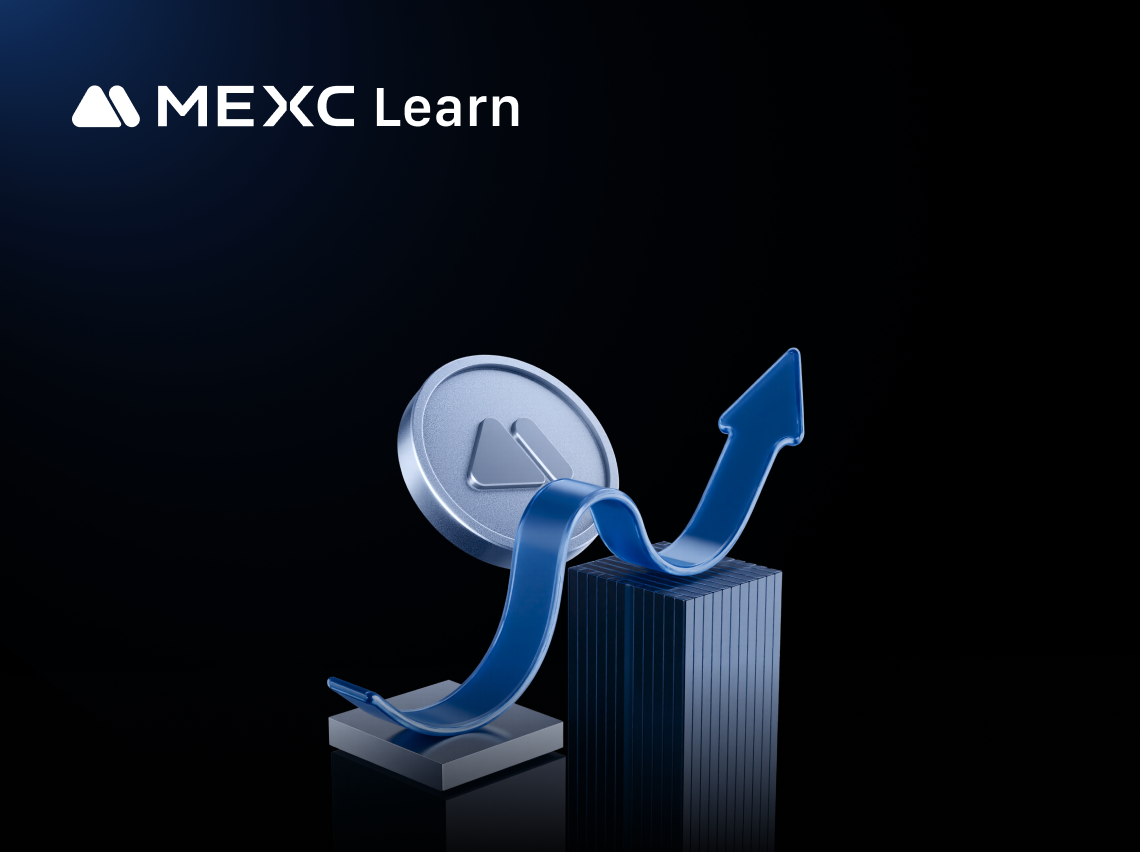
Is Anoma (XAN) Legal? Compliance Guide for Traders
Introduction to Anoma (XAN)'s Legal ClassificationAnoma (XAN) is an innovative cryptocurrency operating in the global digital finance sector, designed as an intent-centric decentralized operating syst
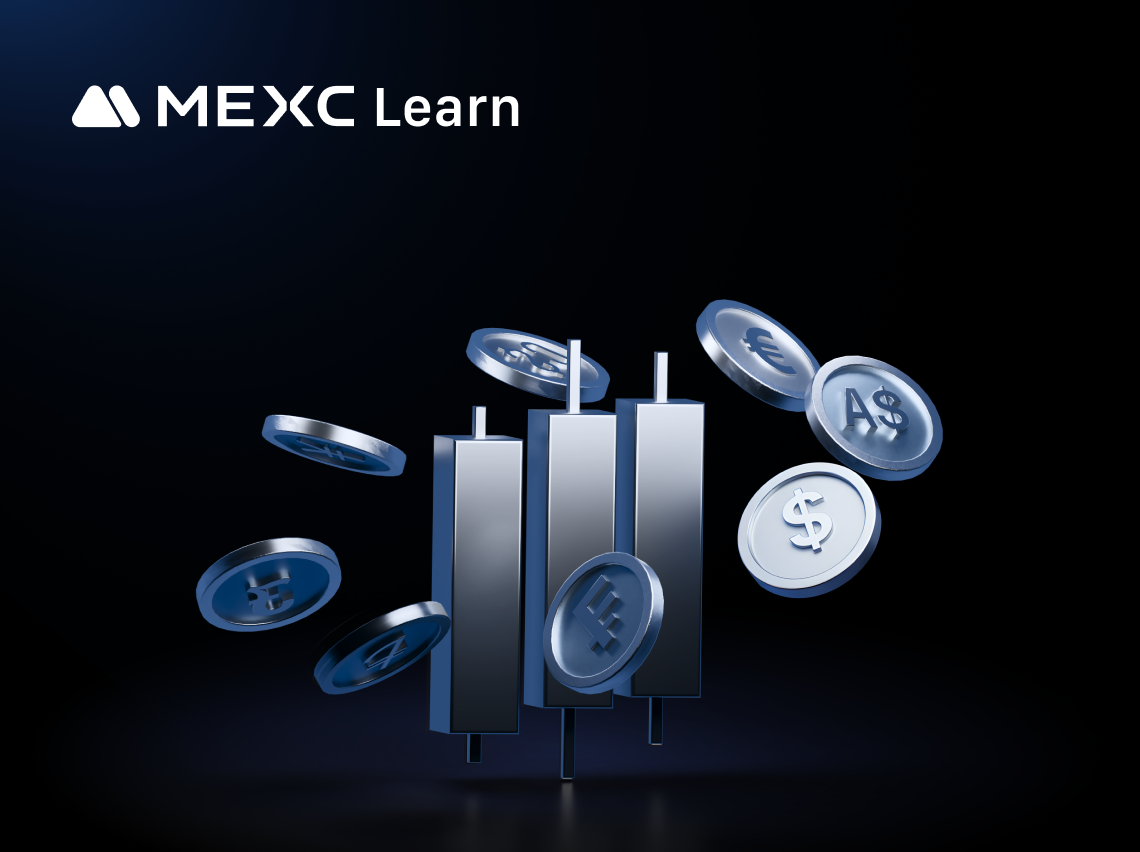
How to Select an Anoma (XAN) Trading Platform with Low Fees
Introduction to Trading Fee Structures for Anoma (XAN)When trading Anoma (XAN) or any cryptocurrency, fees can significantly impact your overall returns, especially for active traders who make frequen
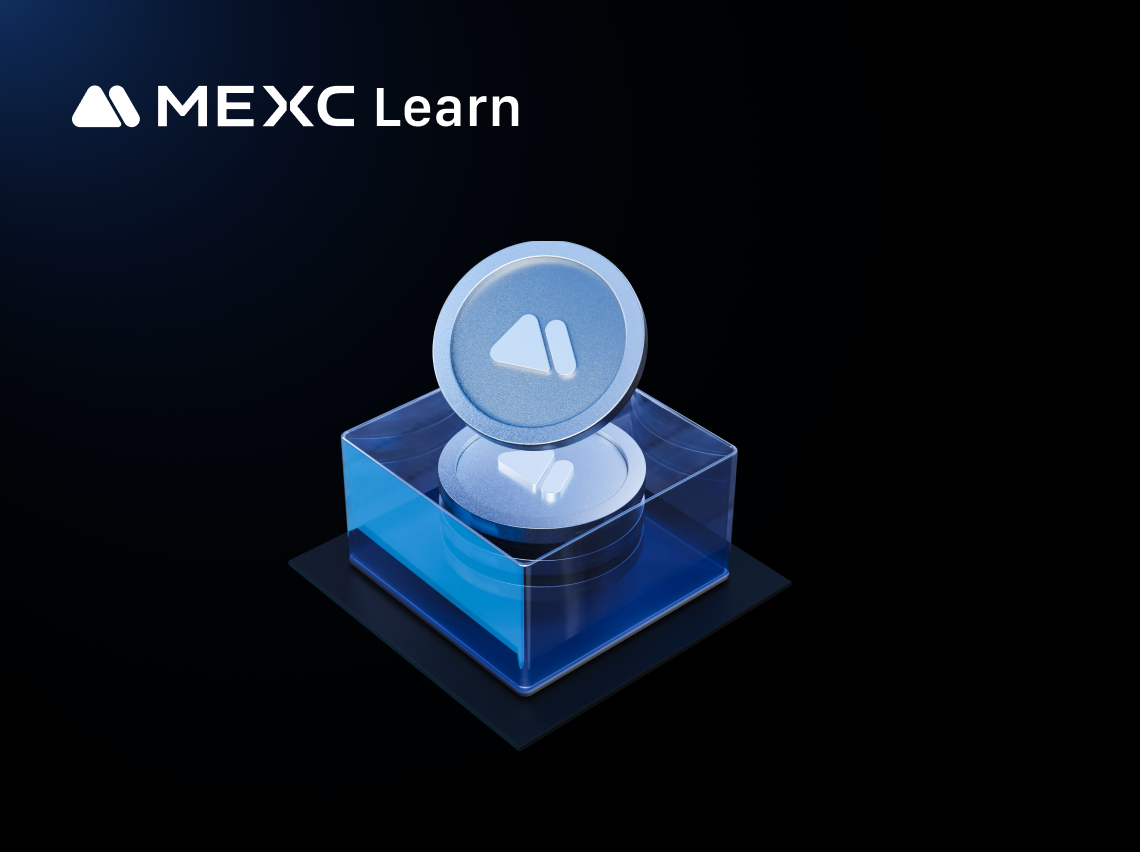
Anoma (XAN) Derivatives 101: Beginner's Guide
Understanding Anoma (XAN) DerivativesAnoma (XAN) derivatives are financial contracts that derive their value from the underlying Anoma cryptocurrency without requiring ownership of the actual XAN toke
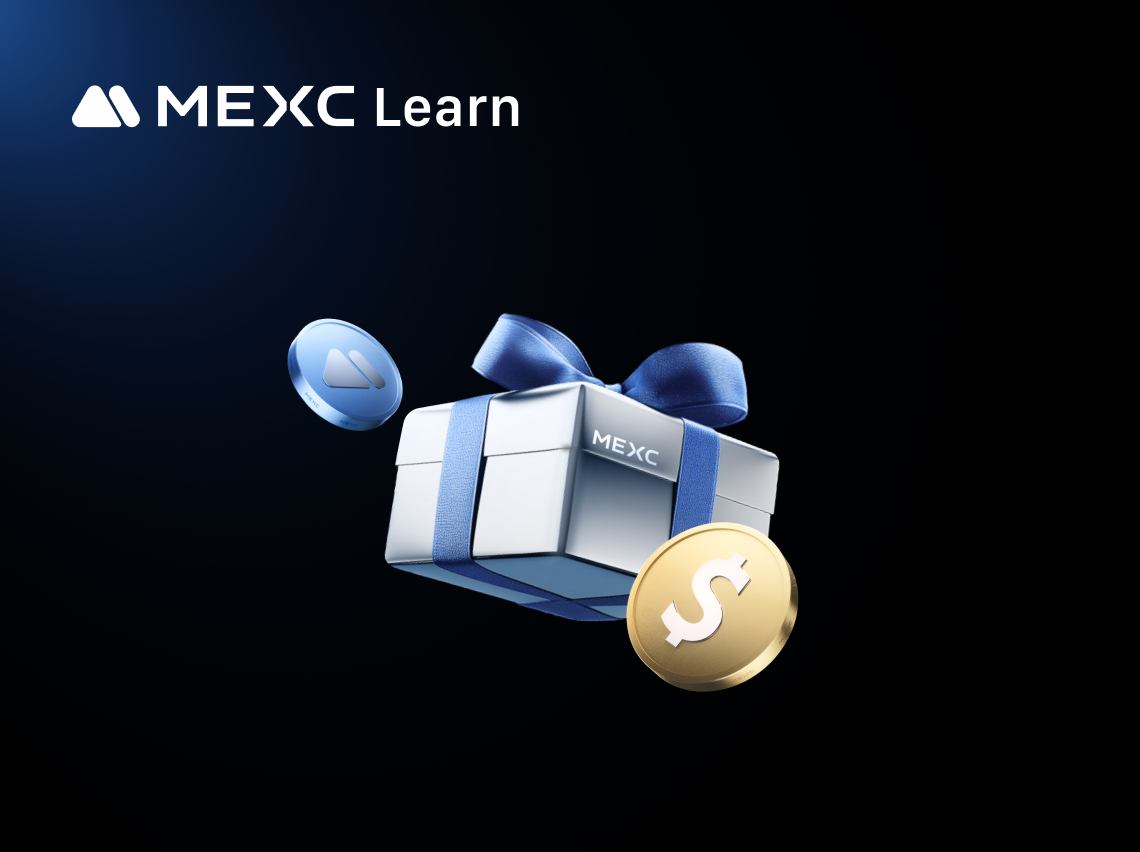
Anoma (XAN) Futures Trading: Risks and Rewards
Introduction to Anoma (XAN) Futures TradingAnoma (XAN) futures contracts allow traders to buy or sell XAN at a predetermined price at a future date without owning the actual Anoma tokens. Unlike spot
Trending News

Sei Foundation's DeSci Fund appoints UN blockchain expert as venture partner
PANews reported on October 2nd that Sapien Capital, the decentralized science (DeSci) investment arm of the Sei Development Foundation, has appointed Dr. Alex Cahana as a venture partner. He will assi

CME plans to offer 24/7 trading for its cryptocurrency futures
PANews reported on October 2 that according to Bloomberg reporter Walter, the Chicago Mercantile Exchange (CME) plans to provide 24/7 trading services for its cryptocurrency futures products. The move

Russia’s Central Bank Prepares Crackdown on Crypto in New 2026–2028 Strategy
The Central Bank of Russia’s long-term strategy for 2026 to 2028 paints a picture of growing concern. The document, prepared […] The post Russia’s Central Bank Prepares Crackdown on Crypto in New 2026
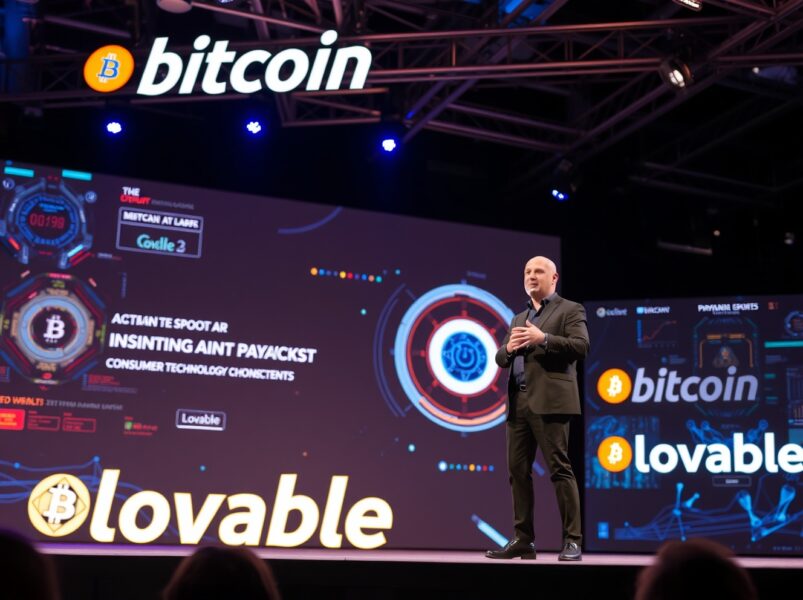
Lovable AI’s Astonishing Rise: Anton Osika Reveals Startup Secrets at Bitcoin World Disrupt 2025
BitcoinWorld Lovable AI’s Astonishing Rise: Anton Osika Reveals Startup Secrets at Bitcoin World Disrupt 2025 Are you ready to witness a phenomenon? The world of technology is abuzz with the incredibl
Related Articles

Understanding Liquidation Risk: FAQs and Protection Tips
On MEXC, users can trade either USDT-M Perpetual Futures, with leverage up to 500x, or Coin-M Perpetual Futures, with leverage up to 200x. While high leverage offers the potential for significantly am
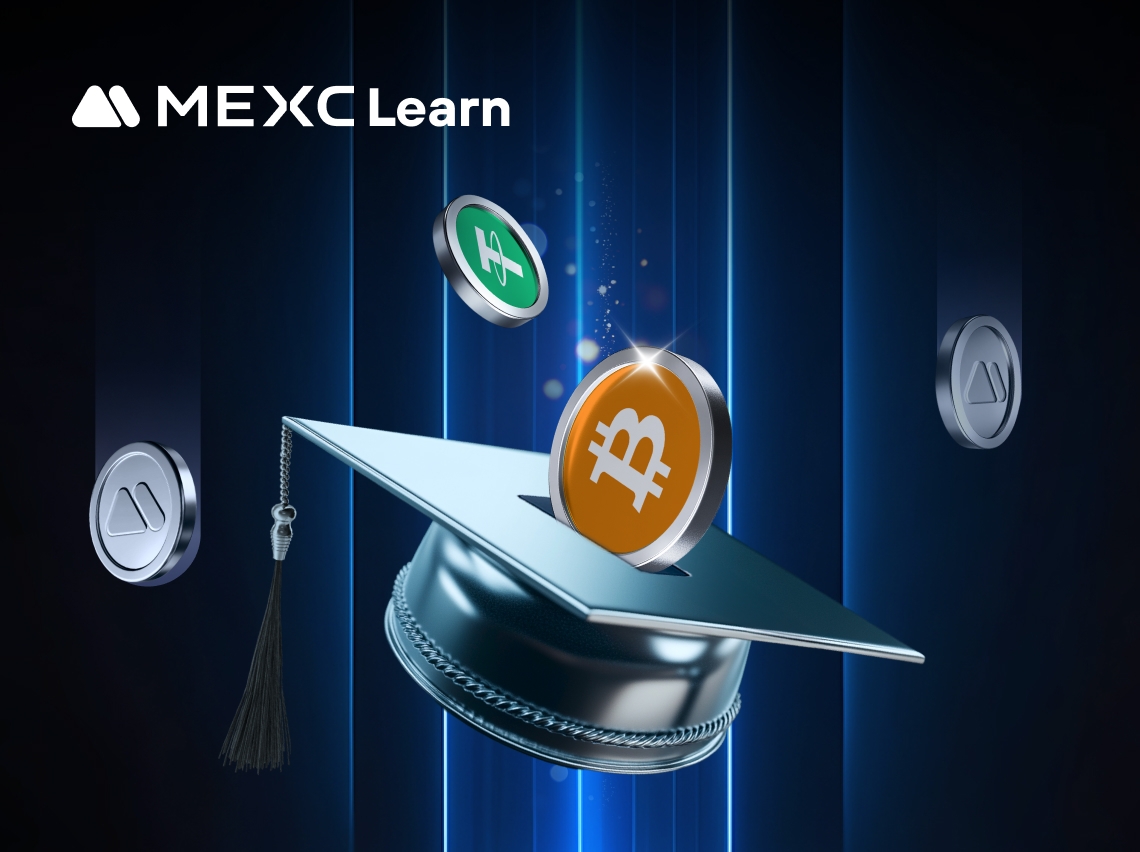
On What Date Was the First Block of the Ethereum Blockchain Mined?
If you've ever wondered about Ethereum's beginning, you're asking the right question. The story of when Ethereum's first block was mined marks one of the most significant moments in cryptocurrency his

MEXC Advanced Futures Trading Strategies: Take Profit to Lock in Gains
When trading futures, successfully opening a position is only half the battle. The key to determining the success of a trade lies in closing it effectively: locking floating profits on the books into

Maximize Profits or Face Liquidation? Mastering the Core Mechanics of Futures Leverage for Optimal Capital Efficiency
In the cryptocurrency and derivatives markets, leveraged futures trading is a powerful yet high-risk instrument. By enabling traders to control substantial positions with relatively small amounts of c
